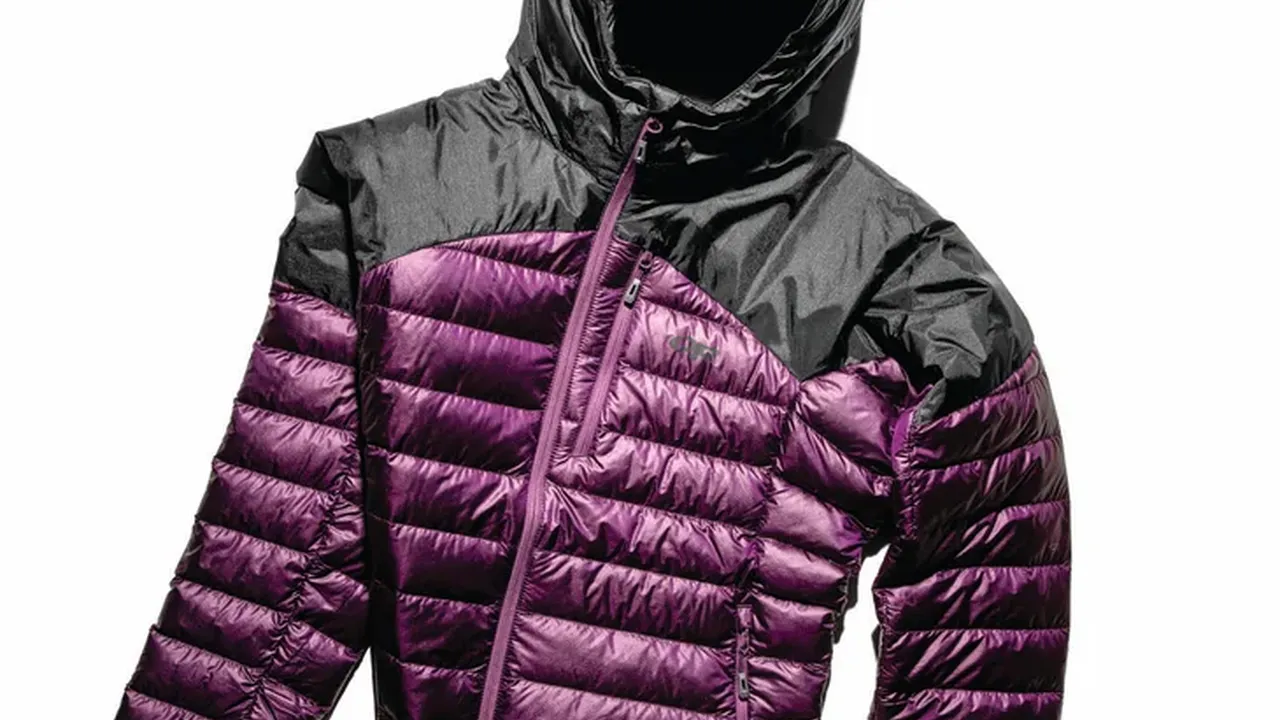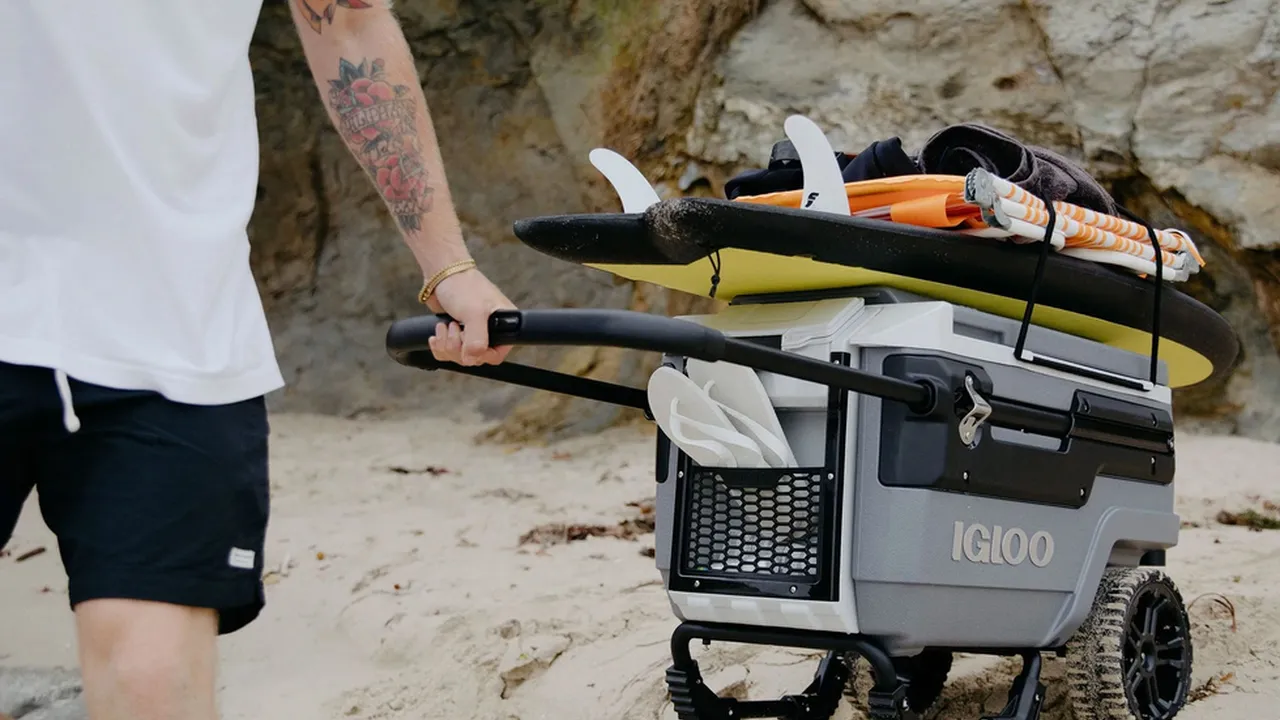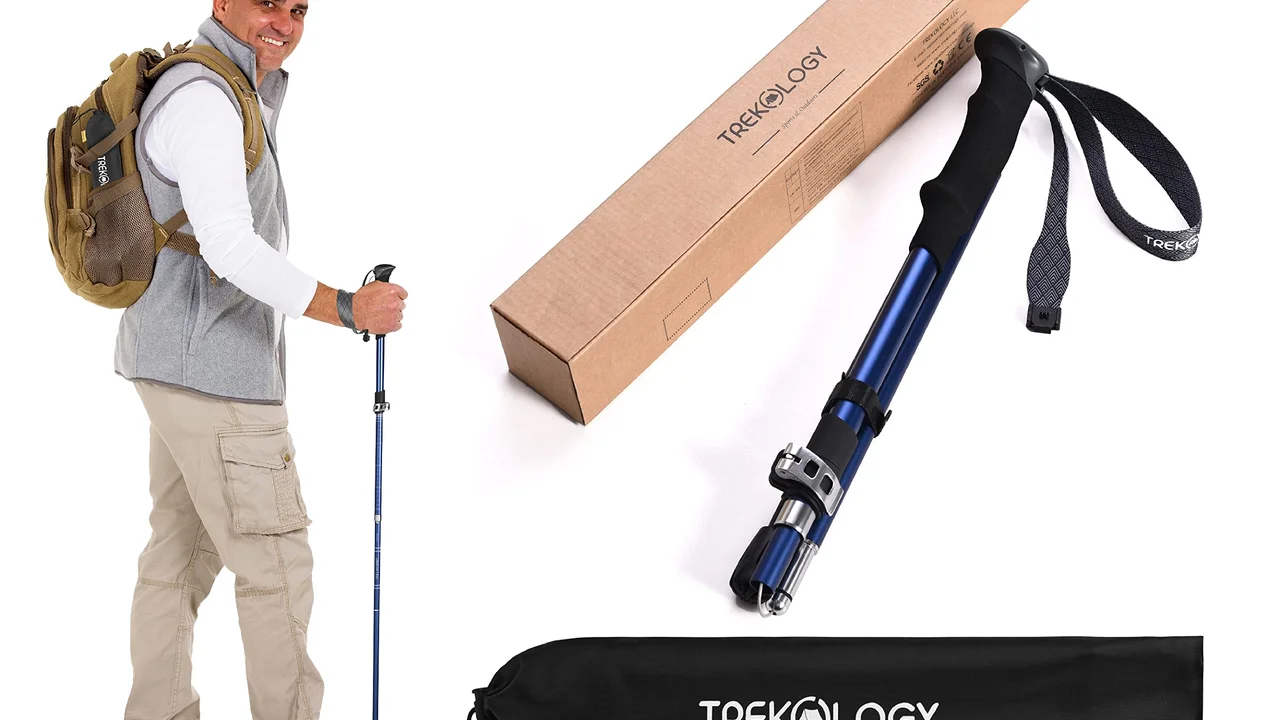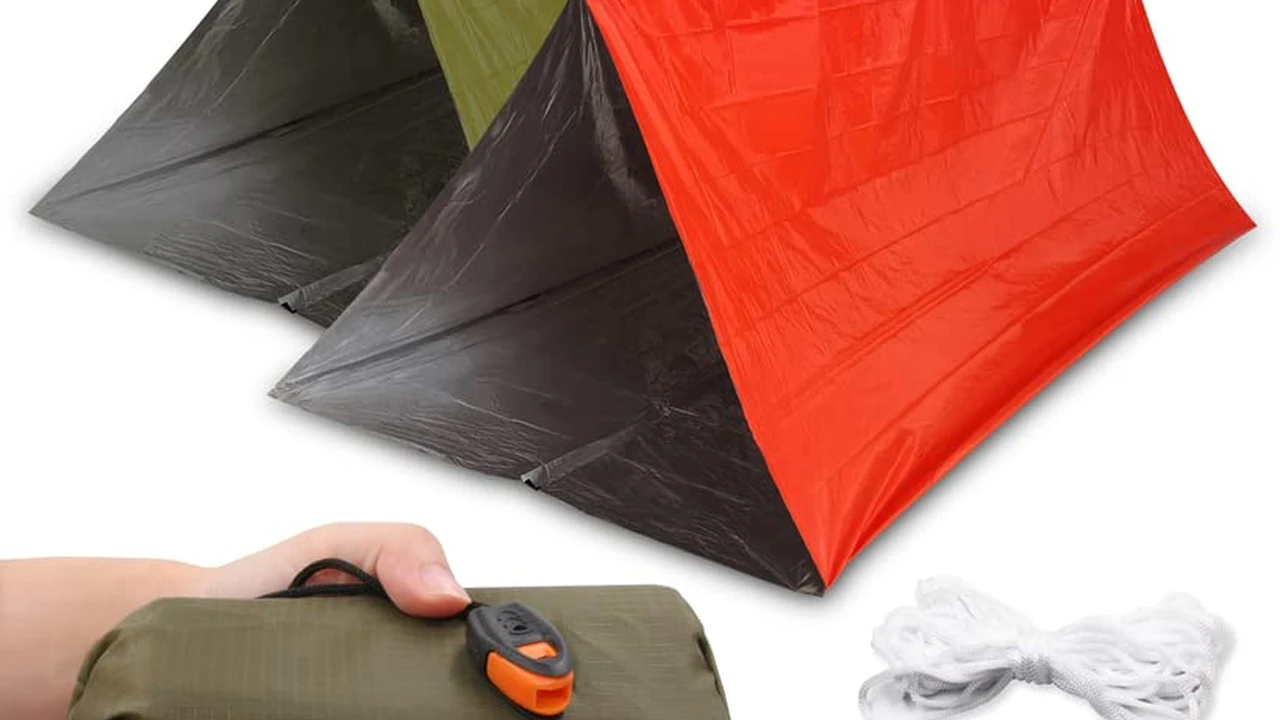Best Insulated Jackets for Winter Adventures
Stay warm with the best insulated jackets for winter adventures. Compare down vs. synthetic insulation, warmth-to-weight ratio, and features.

Stay warm with the best insulated jackets for winter adventures. Compare down vs. synthetic insulation, warmth-to-weight ratio, and features.
Best Insulated Jackets for Winter Adventures
When the mercury drops and the snow starts to fall, a reliable insulated jacket isn't just a luxury; it's an absolute necessity for anyone venturing outdoors. Whether you're hitting the ski slopes, embarking on a winter hike, or simply braving the cold for a casual stroll, the right jacket can make all the difference between an enjoyable experience and a miserable one. But with so many options on the market, how do you choose the best insulated jacket for your specific winter adventures? This comprehensive guide will break down everything you need to know, from insulation types to key features, and recommend some top-tier products to keep you toasty.
Understanding Insulation Types Down vs Synthetic Fill
The core of any insulated jacket is its fill material, which traps air to create warmth. The two primary types you'll encounter are down and synthetic insulation, each with its own set of advantages and disadvantages.
Down Insulation The Gold Standard for Warmth to Weight
Down insulation, typically sourced from geese or ducks, is renowned for its incredible warmth-to-weight ratio and compressibility. It's incredibly light, packs down small, and offers superior warmth for its bulk. The quality of down is measured by its 'fill power,' which indicates the loft or fluffiness of the down. Higher fill power (e.g., 800-fill or 900-fill) means more air trapped per ounce of down, resulting in greater warmth for less weight. However, down's main drawback is its performance when wet. Once down gets saturated, it loses its loft and, consequently, its insulating properties. Many modern down jackets now feature 'hydrophobic down,' which is treated to resist moisture, offering some protection against damp conditions.
Pros of Down Insulation
- Exceptional warmth-to-weight ratio
- Highly compressible and packable
- Very durable if properly cared for
Cons of Down Insulation
- Loses insulating power when wet (though hydrophobic down helps)
- More expensive than synthetic alternatives
- Can be an allergen for some individuals
Synthetic Insulation Performance in Damp Conditions
Synthetic insulation, made from polyester fibers, is designed to mimic the properties of down while overcoming its moisture weakness. Unlike down, synthetic insulation retains much of its insulating power even when wet, making it an excellent choice for damp or rainy winter environments. While generally heavier and bulkier than down for the same warmth, synthetic insulation is often more affordable and easier to care for. Common synthetic insulation brands include PrimaLoft, Thinsulate, and Coreloft, each offering varying levels of warmth, breathability, and packability.
Pros of Synthetic Insulation
- Retains warmth when wet
- More affordable than down
- Hypoallergenic
- Easier to clean and maintain
Cons of Synthetic Insulation
- Heavier and bulkier than down for equivalent warmth
- Less compressible than down
- May not last as long as high-quality down
Key Features to Consider for Optimal Winter Performance
Beyond the insulation type, several other features contribute to an insulated jacket's overall performance and suitability for different winter activities.
Shell Fabric Durability and Weather Resistance
The outer shell of an insulated jacket plays a crucial role in protecting the insulation from the elements and providing durability. Look for fabrics that are water-resistant (DWR coating) or waterproof, especially if you anticipate wet snow or rain. Ripstop nylon or polyester are common choices, offering a good balance of durability and weight. For more extreme conditions, a fully waterproof and breathable membrane like Gore-Tex might be necessary.
Hood Design and Functionality
A well-designed hood can significantly enhance warmth and protection. Consider whether you need a helmet-compatible hood for climbing or skiing, or a simpler, adjustable hood for general use. Look for features like drawcords and stiffened brims to keep the elements out.
Pockets and Storage Solutions
Pockets are essential for storing essentials and keeping your hands warm. Look for zippered hand pockets, internal stash pockets for gloves or a hat, and perhaps a chest pocket for your phone or small electronics. Some jackets also feature ski-pass pockets or goggle pockets.
Fit and Layering Compatibility
The fit of your insulated jacket is crucial for comfort and effective layering. It should be snug enough to trap warmth but loose enough to accommodate base layers and mid-layers underneath without feeling restrictive. Articulated sleeves and gusseted underarms can improve range of motion, which is important for active pursuits.
Adjustability Cuffs Hem and Hood
Adjustable cuffs (velcro or elastic), hem drawcords, and hood adjustments allow you to seal out cold air and customize the fit, enhancing warmth retention.
Weight and Packability for Backpacking and Travel
If you're backpacking or traveling, the jacket's weight and how small it packs down are critical. Ultralight down jackets are excellent for this, often compressing into their own pocket or a small stuff sack.
Top Insulated Jacket Recommendations for Various Scenarios
Now, let's dive into some specific product recommendations, highlighting their ideal use cases, features, and approximate pricing.
For Extreme Cold and Mountaineering The Arc'teryx Thorium Hoody
Product: Arc'teryx Thorium Hoody (Men's/Women's) Insulation: 750 fill European grey goose down with Coreloft™ synthetic insulation in moisture-prone areas (hood, cuffs, underarms). Ideal Use: Alpine climbing, mountaineering, cold-weather hiking, everyday winter wear. Key Features: Durable Arato™ 30 nylon shell with DWR finish, adjustable insulated hood, two zippered hand pockets, internal zippered pocket, stuff sack included. Excellent warmth-to-weight ratio and thoughtful hybrid insulation placement. Why it's great: Arc'teryx is known for its meticulous design and high-quality materials. The Thorium Hoody strikes a fantastic balance between warmth, weight, and weather resistance. The strategic placement of synthetic insulation means you get the benefits of down's warmth without worrying as much about moisture in critical areas. It's a versatile piece that can be worn as an outer layer in dry, cold conditions or as a mid-layer under a shell in more severe weather. Approximate Price: $350 - $400 USD Where to Buy: REI, Backcountry, Arc'teryx official website.
For Versatile Everyday Winter Wear and Light Hiking The Patagonia Down Sweater
Product: Patagonia Down Sweater (Men's/Women's) Insulation: 800-fill-power Advanced Global Traceable Down (goose down certified by NSF International to help ensure the birds are not force-fed or live-plucked). Ideal Use: Everyday winter wear, casual hiking, layering under a shell, travel. Key Features: 100% recycled polyester ripstop shell with DWR finish, comfortable elasticized cuffs, adjustable drawcord hem, two zippered handwarmer pockets, internal chest pocket that doubles as a stuff sack. Lightweight and highly compressible. Why it's great: The Patagonia Down Sweater is a classic for a reason. It's incredibly versatile, offering excellent warmth for its weight in a stylish package. It's perfect for throwing on for a quick errand, a chilly evening walk, or as a reliable mid-layer on the slopes. The commitment to traceable down also appeals to environmentally conscious consumers. Approximate Price: $280 - $300 USD Where to Buy: Patagonia, REI, Dick's Sporting Goods.
For Wet and Damp Conditions The The North Face ThermoBall Eco Jacket
Product: The North Face ThermoBall Eco Jacket (Men's/Women's) Insulation: ThermoBall™ Eco insulation (100% post-consumer recycled polyester), which mimics down clusters to trap heat. Ideal Use: Rainy or damp cold weather, casual wear, hiking in variable conditions, travel. Key Features: 100% recycled nylon shell with DWR finish, zippered hand pockets, internal chest pocket, elastic cuffs, adjustable hem. Highly compressible and packs into its own hand pocket. Why it's great: If you live in an area with frequent wet snow or rain, or if you're prone to sweating during activities, the ThermoBall Eco is an excellent choice. Its synthetic insulation performs exceptionally well even when damp, ensuring you stay warm. Plus, it's made from recycled materials, making it a sustainable option. Approximate Price: $200 - $230 USD Where to Buy: The North Face, REI, Amazon.
For Budget-Friendly Warmth The Columbia Powder Lite Jacket
Product: Columbia Powder Lite Jacket (Men's/Women's) Insulation: Omni-Heat™ Reflective lining and Thermarator™ synthetic insulation. Ideal Use: Everyday winter wear, light hiking, casual outdoor activities, travel. Key Features: Water-resistant fabric, zippered hand pockets, elastic cuffs, drawcord adjustable hem. Omni-Heat™ thermal reflective technology helps retain body heat. Why it's great: Columbia offers great value without compromising on warmth. The Powder Lite Jacket utilizes their proprietary Omni-Heat™ reflective lining, which reflects body heat back to you, providing surprising warmth for its relatively low bulk and price point. It's a solid choice for those looking for a reliable insulated jacket without breaking the bank. Approximate Price: $120 - $150 USD Where to Buy: Columbia, Amazon, Kohl's.
For Active Pursuits and Breathability The Outdoor Research SuperStrand LT Hoodie
Product: Outdoor Research SuperStrand LT Hoodie (Men's/Women's) Insulation: VerticalX™ SuperStrand synthetic insulation. Ideal Use: High-output activities in cold weather (e.g., trail running, fast-paced hiking, ski touring), layering. Key Features: Lightweight 12D nylon ripstop shell, zippered hand pockets, internal stash pocket, low-profile hood, elastic cuffs and hem. Designed for breathability and active use. Why it's great: While many insulated jackets prioritize maximum warmth, the SuperStrand LT Hoodie focuses on active insulation. It's designed to keep you warm without overheating during strenuous activities, thanks to its breathable synthetic insulation. It's incredibly lightweight and packable, making it an ideal choice for those who move fast and light in the mountains. Approximate Price: $220 - $250 USD Where to Buy: Outdoor Research, REI, Backcountry.
Caring for Your Insulated Jacket Maximizing Longevity
Proper care is essential to maintain the performance and longevity of your insulated jacket. Always check the care label, but here are some general tips:
Washing Down Jackets
Use a front-loading washing machine (top-loaders with agitators can damage down). Use a down-specific cleaner (like Nikwax Down Wash Direct) and a gentle cycle with cold water. Tumble dry on low heat with a few clean tennis balls or dryer balls to help break up the down clumps and restore loft. This process can take several hours, so be patient!
Washing Synthetic Jackets
Synthetic jackets are generally easier to wash. Use a mild detergent and a gentle cycle with cold water. Tumble dry on low heat or air dry. Avoid fabric softeners, as they can clog the fibers and reduce insulation effectiveness.
Storage Tips
When not in use, store your insulated jacket uncompressed in a cool, dry place. Prolonged compression can damage the insulation and reduce its loft over time. Hang it in a closet or store it loosely in a large storage bin.
Making Your Final Decision The Best Jacket for Your Needs
Choosing the best insulated jacket comes down to understanding your primary use case and prioritizing features accordingly. Consider the typical weather conditions you'll encounter, your activity level, and your budget. If you need ultimate warmth-to-weight and mostly dry conditions, down is king. If you're in damp environments or prefer easier care, synthetic is the way to go. By carefully evaluating insulation type, shell fabric, hood design, and other features, you'll be well-equipped to select a jacket that keeps you warm and comfortable on all your winter adventures.
Remember, the best insulated jacket is the one that fits your needs perfectly, allowing you to embrace the cold and enjoy the beauty of winter without shivering. Happy adventuring!
:max_bytes(150000):strip_icc()/277019-baked-pork-chops-with-cream-of-mushroom-soup-DDMFS-beauty-4x3-BG-7505-5762b731cf30447d9cbbbbbf387beafa.jpg)





